Why learn about wild plants just to go backpacking? Of course it is interesting for some of us, but beyond that, a little knowledge of plants can save your life. This isn’t just about the edible ones. Food is actually a low priority in most wilderness emergencies. However, there are many other important uses for the plants out there.
Useful Wild Plants
Cattails: The cattail is one of the most useful wild plants in the wilderness. Swampy or wet areas throughout the northern hemisphere have cattail plants, and once you identified them, you’ll never forget them. While they have five edible parts, cattails are much more than food plants. Their long flat leaves have been used for centuries to make baskets and food-serving trays. You can weave them into mats for sleeping on, and even make crude clothing out of them.
The “fluff” of the cattail seed head that makes it one of the first wild plants you should learn about. The old fluffy seed heads often cling to the tops of the stalks year-round. Put a spark to these and it they can burst into flame. This can be a life-saver if you don’t have matches. Stuff your jacket full of cattail fluff and you’ll turn it into a winter coat, possibly saving you from the number one killer in the wilderness: hypothermia.
Some have also reported using cattail as an insect repellent. Just keep a smudgy fire going by burning the seed fluff. This may not be any more effective than any smoky fire would be, but it’s so simple to collect and burn cattail fluff that it is worth remembering.
Yuccas: Sword-like leaves with sharply pointed ends make these easy plants to recognize. Few plants can be used so easily to make rope or twine. In the California desert I peeled yucca leaves into strips and braided them into a rope in a matter of thirty minutes. With two men pulling hard on either end, we couldn’t break it. This is one of the better plants for making ropes as well as finer string (separate out the finest fibers).
Yucca can also provide needle and thread for emergency repairs. Cut the tip of a yucca leaf from the inside, an inch down and about halfway through. Bend it back, and you’ll be able to peel some fibers out of the leaf, which stay attached to the “needle” or tip of the leaf. I’ve pulled out two-foot long strands of fibers this way, and sewn up clothing with them.
Milkweeds: Several parts are edible with proper preparation, and some people apply the white sap to warts to get rid of them. The really useful part of the milkweed, however, is the seed fluff. It is even more flammable than cattail fluff, so you can use it for starting fires from sparks.
It is a great insulater, too, even looking something like goose down. Fill bread bags with milkweed down and these “mittens” will keep your hands very warm. Insert your hands and tie the bags around your wrist or tuck it into your sleeves.
Some other useful wild plants?
The bark the white birch tree burns better than paper, even when wet. Pop sap blisters on fir trees (young ones) and you can use the sap as an antiseptic dressing for small cuts. Smear the juice from crushed wild garlic and onion on yourself as an insect repellent.
There are endless ways to use wild plants, so why not learn and practice a few?
This article may be hopping around the following Blog Hops: (mis)Adventures Mondays Blog Hop, The HomeAcre Hop, Wildcrafting Wednesday, Homestead Blog Hop, From the Farm Fridays, Simple Saturdays Blog Hop, Simple Life Sunday Blog Hop.
Copyright Notice: This article may from time to time be contributed to third-party sites, but it is COPYRIGHTED, and it may not be used without my written permission. If you are interested in any of my articles, please contact Kat Yorba; Author and owner of Simply Living Simply directly for republishing information.
Affiliate Notice: Many of my blog posts contain affiliate links. Purchasing through an affiliate link does NOT increase the price you pay but allows me to keep blogging, sharing and bringing you great content.
Medical Disclaimer Notice: Nothing in this post is to be construed as medical advice, simply a sharing of things that have worked for me &my family. If you have any symptoms of serious illness, taking medication, pregnant or nursing, or have never worked with herbal materials or essential oils before, please consider consulting a medical professional before use. I am unable to offer advice for your particular medical situation; please ask your Doctor, Nurse Practitioner or Naturopath for further guidance. The statements made here have not been approved by the Food & Drug Administration. These statements are not intended to diagnose, treat, cure or prevent disease. This notice is in accordance and required by the Federal Food, Drug & Cosmetic Act.





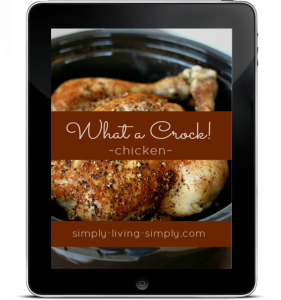
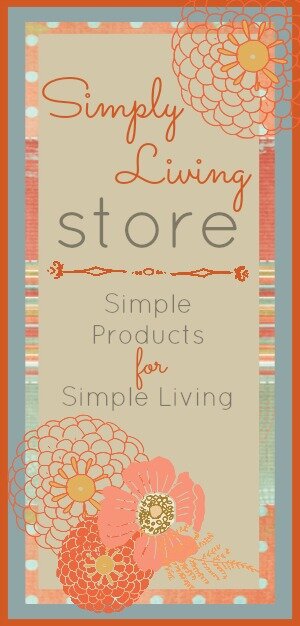

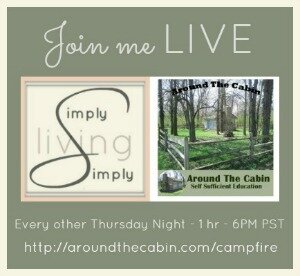
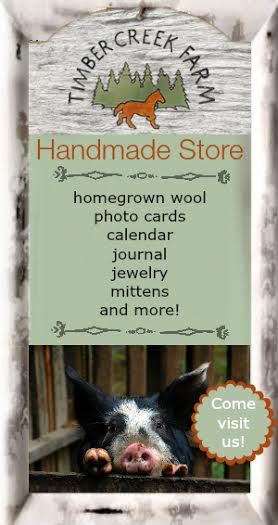





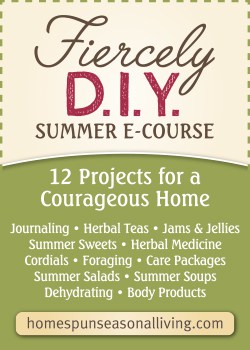

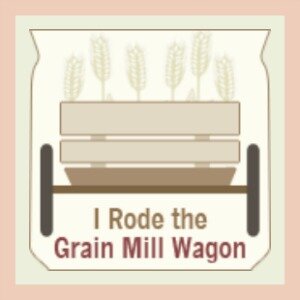



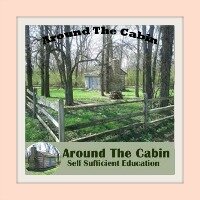
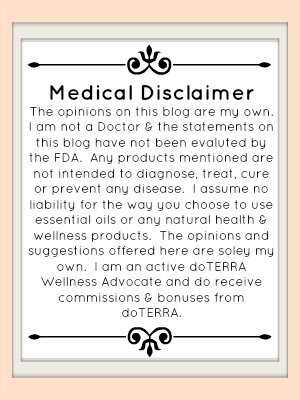



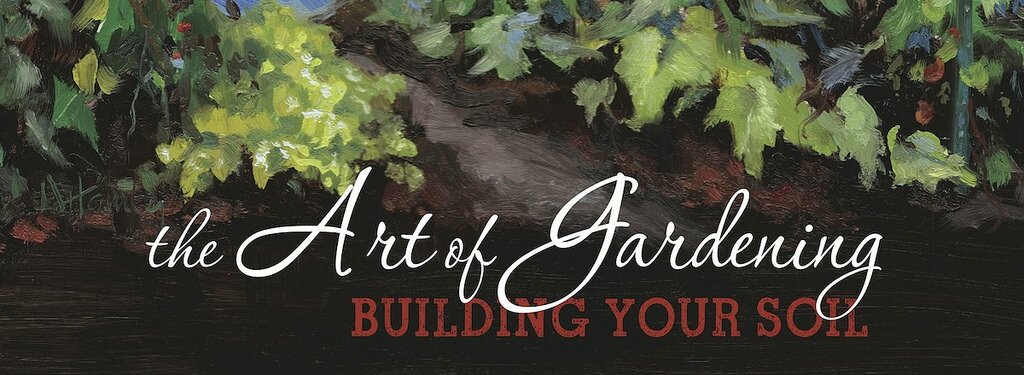
Speak Your Mind